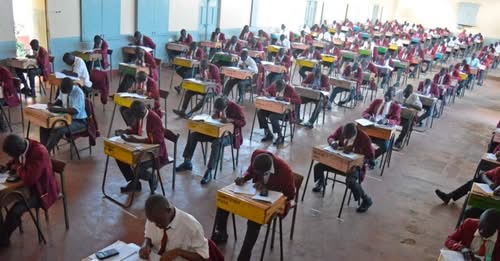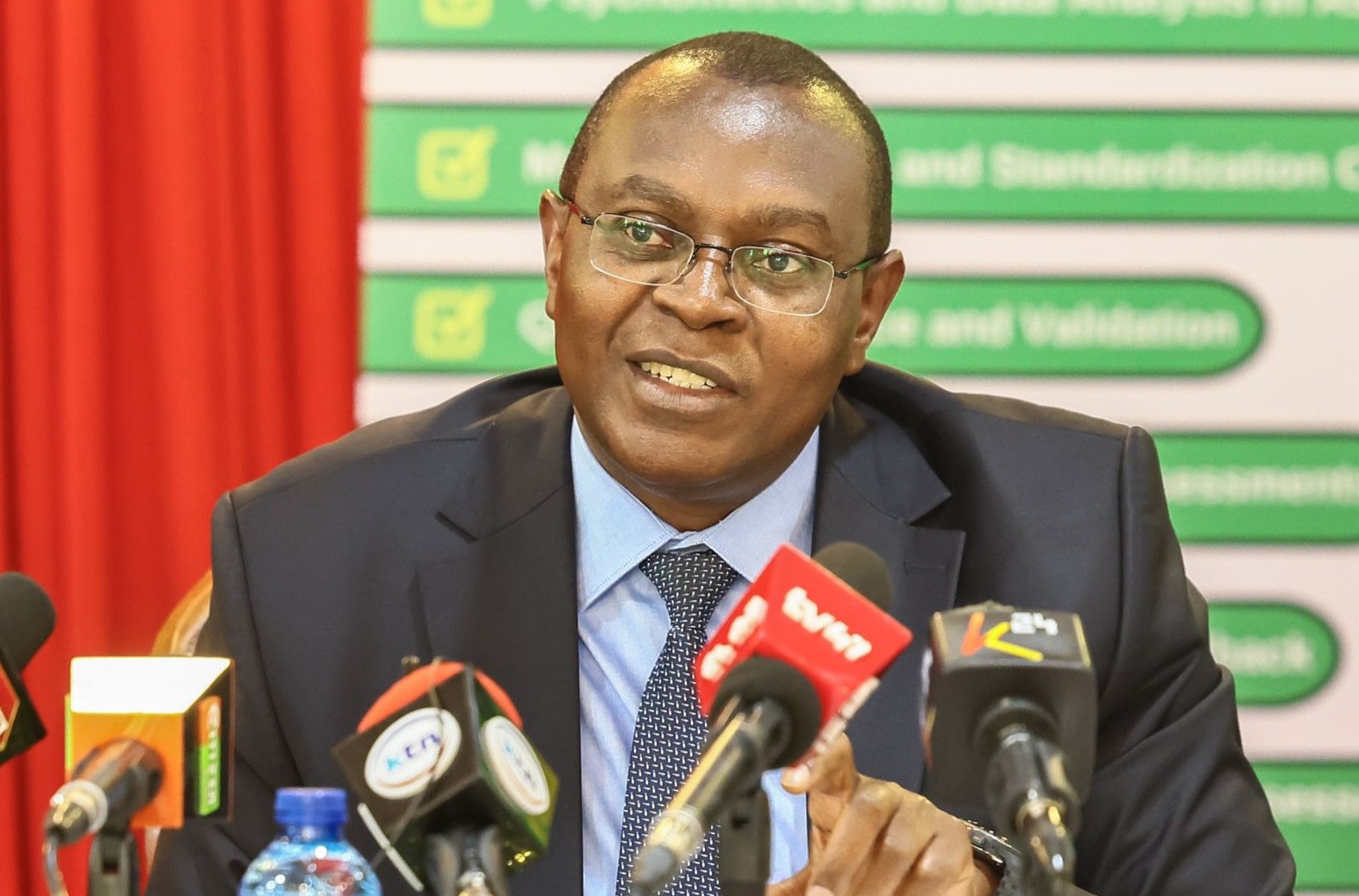By George Otieno, Roy Hezron and Enock Kipturgut
It has emerged that some EduAfya health facilities have taken advantage of loopholes in the management systems to swindle the government of millions of shillings, an education official in the Ministry of Education (MoE) has revealed.
Central Regional Director of Education (RDE) Mrs. Elizabeth Otieno claimed that the facilities have maneuvered their way through the National Education Management Information System (NEMIS)to alter important documents courtesy of poor record keeping in schools.
Addressing the Central region principals during their recent Kenya Secondary School Heads Association (KESSHA) meeting, the director instructed them to have proper records of learners visiting medical facilities, who accompanied them, which ailment they were treated for and the time they visited the facility.
They have also been urged to reconcile their records as some facilities are exaggerating the services rendered and defrauding the government in the process, adding that the recently re-engineered NEMIS will among other things be able to handle EduAfya effectively.
However, it emerged further that students did not utilize the funds of over Ksh4 billion in the 2021/2022 financial year, attributing this to low enrollment into the insurance cover as revealed by the Keiyo North Sub-county Director of Education Mr. William Kipchumba.
Mr Kipchumba observed that the cover is comprehensive for all public secondary students in NEMIS.
Previously, a study conducted by the University of Nairobi’s (UoN) Institute of Development Studies (IDS) in early 2021 revealed that students and parents are unaware of the EduAfya programme, the lack of NEMIS number being the major impediment.
The research, which focused on diverse populations of adolescents, health care providers, school heads, and National Hospital Insurance Fund (NHIF) representatives, showed that whereas the EduAfya scheme was open to all students in public secondary schools, most of the school representatives and the students had no knowledge of how they could benefit.
According to the research findings, students could access general health services but the health facilities could not submit claims to National Health Insurance Fund (NHIF) for reimbursement.
The study recommended that NHIF, schools and health facilities should address barriers to enrolment in the scheme, with NHIF providing regular sensitization and updates to schools and health facilities regarding the scheme, as well as getting feedback and incorporating it to improve the scheme.
It recommended further that there is need to bolster the capacity of health facilities to provide health services to students through the scheme, as well as document relevant data to understand the nature of students’ interaction with services provided through the EduAfya scheme.
In the push towards achieving Universal Health Coverage (UHC), the government initiated a secondary school health programme in 2018 known as the EduAfya through the NHIF for students in public secondary schools countrywide, as part of the government’s Big Four agenda.
The Ministry of Education (MoE) normally retains Ksh1,350 out of the total allocation of Ksh2,000 from the medical vote head to fund the medical cover under the five-year contract between the MoE and NHIF, while the rest of the vote head funds (Ksh650) being disbursed to schools to meet other medical and insurance related expenses.
In the guidelines on implementation of Free Day Secondary Education for the Year 2022, principals are expected to understand the terms of the cover so that students access quality health services without asking parents to dig into their pockets to meet expenses.
Through a circular issued on February 7, 2022 for the provision of comprehensive medical cover to all students in public secondary schools, the Principal Secretary (PS) in the State Department of Early Learning and Basic Education Dr. Julius Jwan directed all the County Directors of Education (CDE) to ensure principals acquaint themselves with the said terms.
He also directed the county education bosses to see to it that all students are fully registered in NEMIS for them to obtain an NHIF number, and that all learners know their Unique Personal Identification (UPI) and NHIF numbers by entering the information in their school identification cards.
Further, the principals are required to inform parents about the requirement for the cover and send death notification letters to the PS within seven days of a student’s death, and also help their parents/guardians fill a claim form for last expense and group life benefits.






